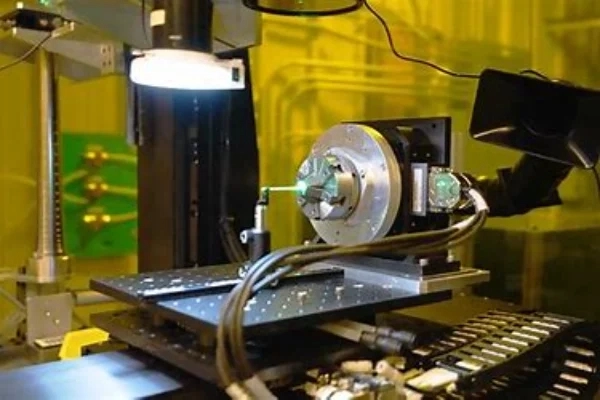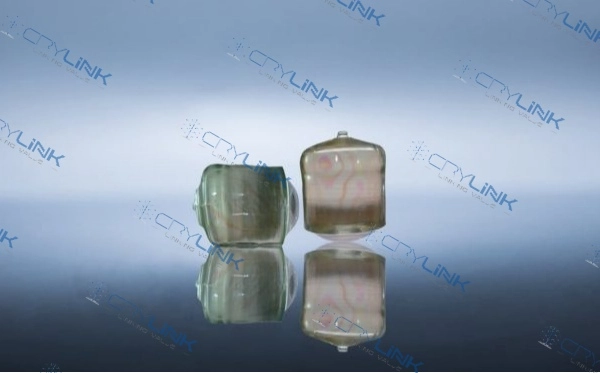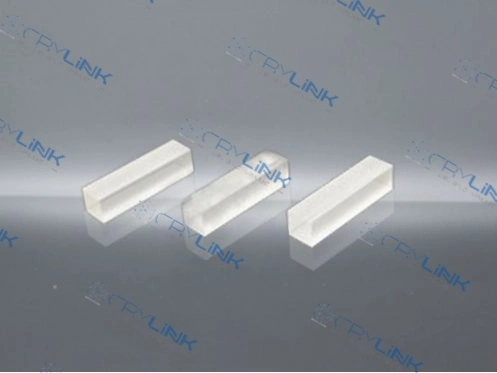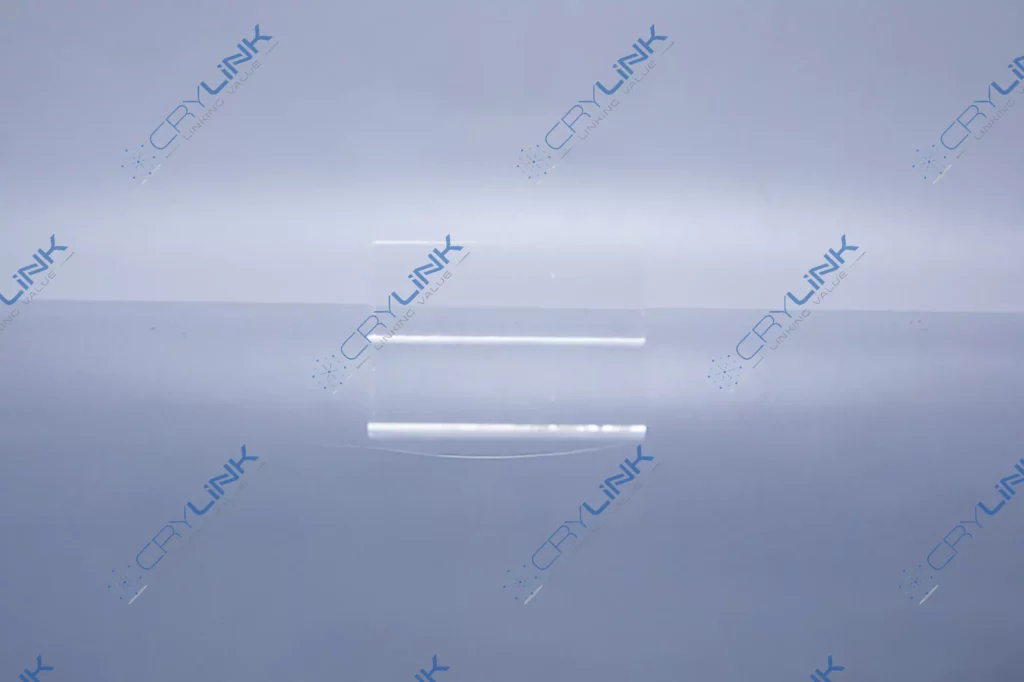Introduction
The evolution of laser technology has been nothing short of groundbreaking, especially with the advent of ultrafast lasers. Propelling multiple sectors into a new age of precision and efficiency, ultrafast laser technology has carved its niche in reshaping practices in medicine, advancing procedures in industrial processing, and fueling innovative approaches in scientific research. One can’t discuss ultrafast lasers without paying homage to the pivotal role of femtosecond laser technology. These lasers, named for their incredibly short pulse durations — measured in femtoseconds (one quadrillionth of a second) — have capabilities that transcend their predecessors.

What sets femtosecond lasers apart is not just their speed, but the control they offer. The minuscule duration of each pulse means that the laser can make incisions, ablate material, or induce other changes with a level of precision that was previously unthinkable, all while significantly reducing thermal damage. This makes them invaluable for delicate tasks, such as eye surgeries, microfabrications, and detailed material analyses.
However, the true prowess of these lasers can only be harnessed with the right materials amplifying and shaping their beams. At this intersection of technology and material science, certain crystals emerge as champions. Lithium Niobate (LiNbO3) stands out, renowned for its non-linear optical properties and ability to modulate light. Similarly, Potassium Titanyl Arsenate (KTA) is lauded for its phase-matching capabilities, while Yb:KGW is celebrated for its high damage threshold and broad tuning range. Each of these crystals, in its unique way, amplifies the efficiency and versatility of femtosecond lasers.
As we navigate through this discourse, the objective is clear: to unearth the intricacies of femtosecond lasers, exploring the profound symbiosis between them and the meticulously chosen crystals that propel them to new heights in performance and application.
Understanding Femtosecond Lasers
In the world of lasers, the introduction of femtosecond lasers marked a monumental shift. These lasers, as their name suggests, emit pulses that last mere femtoseconds – each femtosecond being one quadrillionth of a second. To put this into perspective, a femtosecond is to a second what a second is to approximately 32 million years! Such swift pulsations translate to an unparalleled control in laser applications. By compressing the energy of the laser into these ultra-short pulses, the interaction time with the target material becomes incredibly short. This transient interaction is precisely what allows for the laser’s famed accuracy.
The advantages offered by these fleeting interactions are manifold. Primarily, the reduced time of interaction results in a significant minimization of thermal damage. Instead of continuously applying heat, the ultra-short pulses provide bursts of energy, allowing materials to cool momentarily between pulses. This trait becomes crucial in applications demanding finesse and precision. For instance, in the realm of ophthalmology, femtosecond lasers have transformed procedures like LASIK, ensuring precise corneal flap creation while keeping collateral damage to a minimum. Similarly, in micro-machining, they enable the creation of intricate designs on materials without causing undue thermal distortion.
The Interplay of Crystals in Femtosecond Lasers
Femtosecond lasers, though revolutionary, would not reach their full potential without the incorporation of certain specialty crystals. The essence of a laser’s performance often hinges on the medium that amplifies its light, and in the case of femtosecond lasers, this role is often fulfilled by crystals.
Lithium Niobate (LiNbO3), for instance, stands out due to its exceptional non-linear optical properties. This means that it can effectively convert and modulate different frequencies of light, a capability paramount in refining the pulse quality of femtosecond lasers.
On the other hand, Potassium Titanyl Arsenate (KTA) is valued for its phase-matching abilities, ensuring that light waves amplify coherently, leading to powerful and consistent laser outputs. Meanwhile, Yb:KGW, with its broad tuning range, offers versatility in adjusting the laser’s wavelength, a flexibility that is indispensable in varied applications.
In essence, the symphony of femtosecond lasers is orchestrated not just by the lasers themselves, but by the crystals that fine-tune their performance. As we delve deeper into the nuances of this collaboration, the importance of crystals like LiNbO3, KTA, and Yb:KGW becomes ever more apparent, showcasing their indispensable role in the art and science of femtosecond laser technology.
LiNbO3: A Versatile Crystal
In the illustrious domain of laser technology, Lithium Niobate (LiNbO3) has carved a reputation for being a linchpin, especially in the arena of ultrafast lasers. This unassuming crystal, often overshadowed by its more popular counterparts, holds a plethora of secrets within its lattice.

At the crux of its utility are its stellar electro-optic and nonlinear optical properties. These facets enable LiNbO3 to manipulate light in ways many other materials cannot. For instance, frequency doubling, where the frequency of light is doubled, leading to a halving of its wavelength, becomes a cinch when employing this crystal. In the context of femtosecond laser systems, such properties mean a world of difference. Whether it’s refining the pulse duration or enhancing the beam’s intensity, LiNbO3 stands as an indispensable tool, bridging the gap between theoretical laser efficiency and practical output.
KTA: Broadening the Spectrum
If LiNbO3 is the workhorse, Potassium Titanyl Arsenate (KTA) is the visionary. KTA offers a fresh perspective in the world of femtosecond lasers. Known for its expansive transparency range and commendable damage threshold, this crystal single-handedly stretches the boundaries of what’s possible with lasers. The broad transparency ensures that the laser can operate over diverse wavelengths without compromising on efficiency.

Simultaneously, the high damage threshold of KTA ensures it remains unfazed even under strenuous conditions, guaranteeing longevity and consistent performance. In essence, KTA amplifies the repertoire of femtosecond lasers, allowing for applications previously thought unattainable, and making these lasers a veritable Swiss Army knife in the world of photonics.
Yb:KGW: The Frontier in Laser Gain Material
Navigating further into the realm of ultrafast lasers, one encounters Yb:KGW, which is rapidly staking its claim as the future of laser gain materials. What sets Yb:KGW apart is its broad spectral emission band, which translates to a versatile range of operable wavelengths. Coupled with a low lasing threshold, this crystal ensures efficient lasing even at minimal energy inputs. But its magic doesn’t end there.

When pitted against traditional stalwarts like Nd:YAG, Yb:KGW emerges superior, especially in demanding scenarios requiring high power outputs or exceedingly short pulse durations. This makes it not just a competitor but a leader in the next generation of ultrafast laser systems. In a world perpetually chasing better, faster, and more efficient tools, Yb:KGW is a beacon, illuminating the path forward in laser technology.
Conclusion
The frontier of ultrafast laser technology is continually expanding, with femtosecond lasers at its helm. The meticulous selection of laser gain materials, notably LiNbO3, KTA, and Yb:KGW crystals, plays a pivotal role in pushing the boundaries of what is achievable with femtosecond laser technology. As we continue to uncover the full potential of these crystals, the horizon of ultrafast laser applications broadens, promising a myriad of advancements in medical, industrial, and scientific domains.
FAQs
- 1.What makes femtosecond lasers preferable for precise applications?
- The ultra-short pulse durations of femtosecond lasers allow for high-precision and minimize thermal damage, making them ideal for delicate applications.
- 2.Why is crystal selection crucial in femtosecond laser technology?
- The choice of crystal influences the efficiency, effectiveness, and operational range of femtosecond lasers, hence playing a critical role in their performance.
- 3.What are the advantages of using LiNbO3 in femtosecond lasers?
- LiNbO3’s excellent electro-optic and nonlinear optical properties make it a suitable choice for frequency doubling and other nonlinear optical applications in femtosecond laser systems.
- 4.How does KTA enhance the operational spectrum of femtosecond lasers?
- KTA’s broad transparency range and high damage threshold broaden the operational spectrum of femtosecond lasers, enhancing their versatility.
- 5.What sets Yb:KGW apart as a laser gain material?
- Yb:KGW’s broad spectral emission band and low lasing threshold offer significant advantages over traditional materials, making it a preferential choice in modern ultrafast laser systems.

Frank
Frank graduated from the University of Shanghai for Science and Technology, majoring in optics. As a technical engineer at Crylink Company, he deeply understands crystal materials and laser components.
Related Video(s) with this Article
Related Product(s) with this Article
Related Application(s) with this Article
